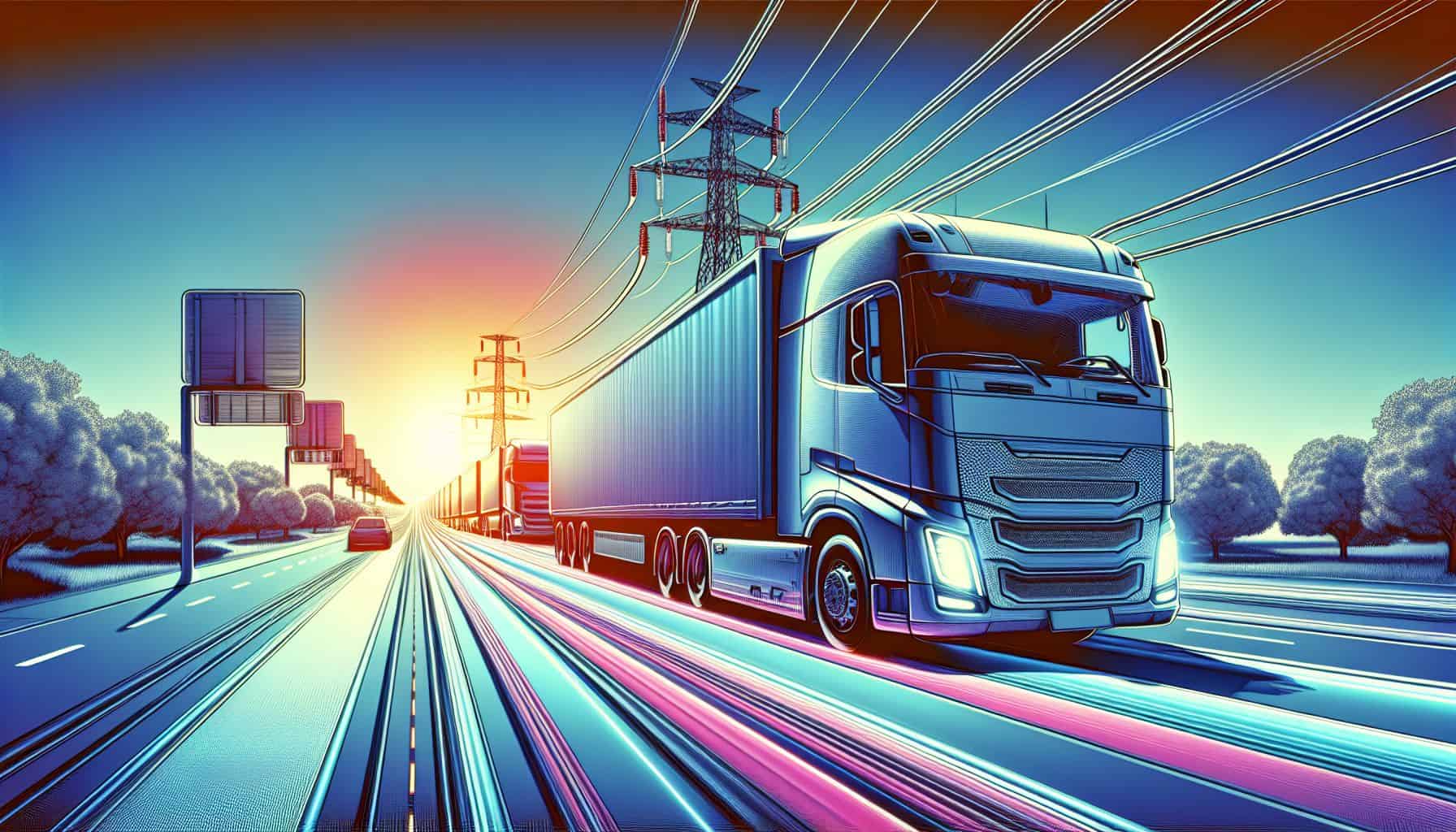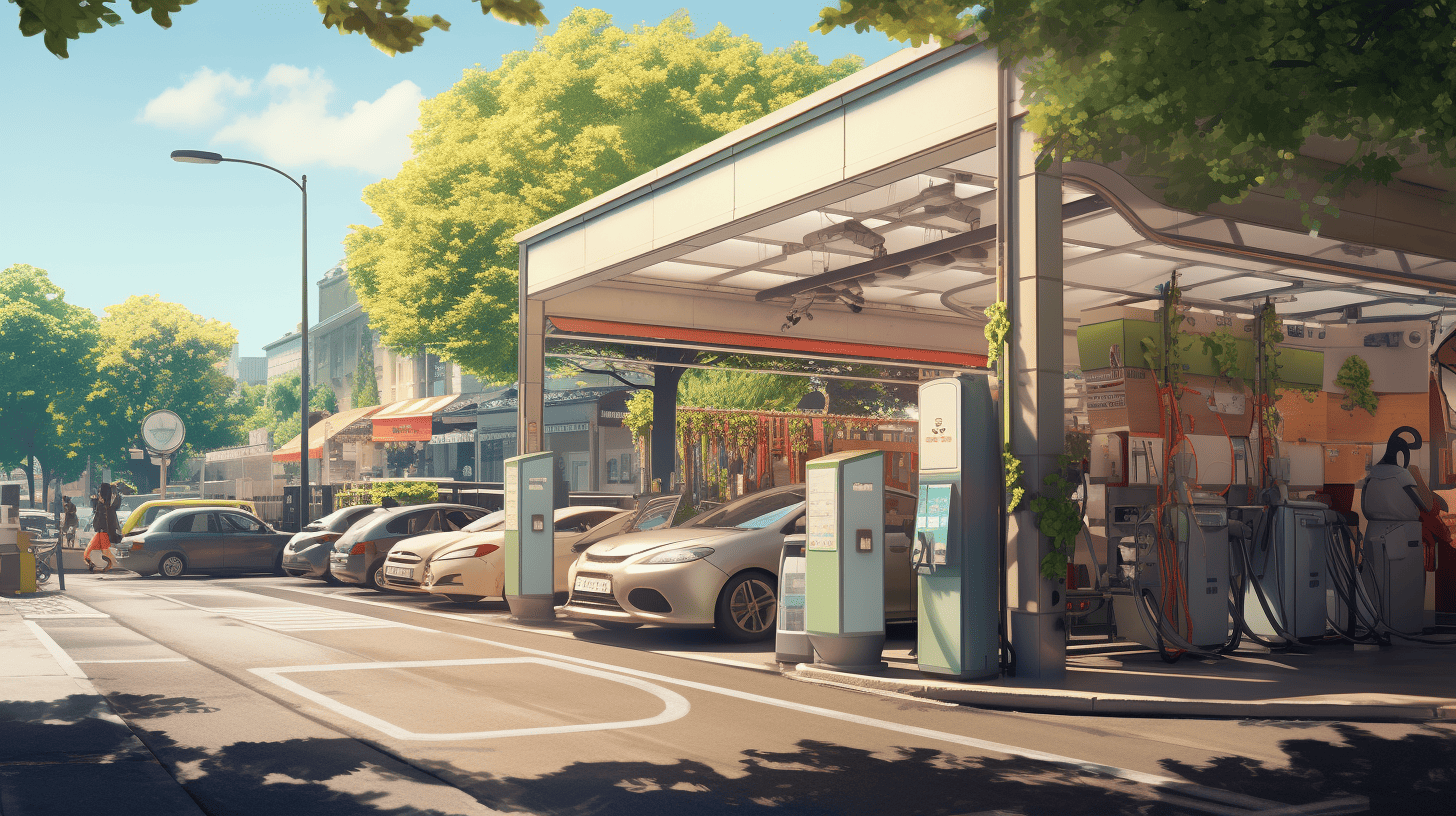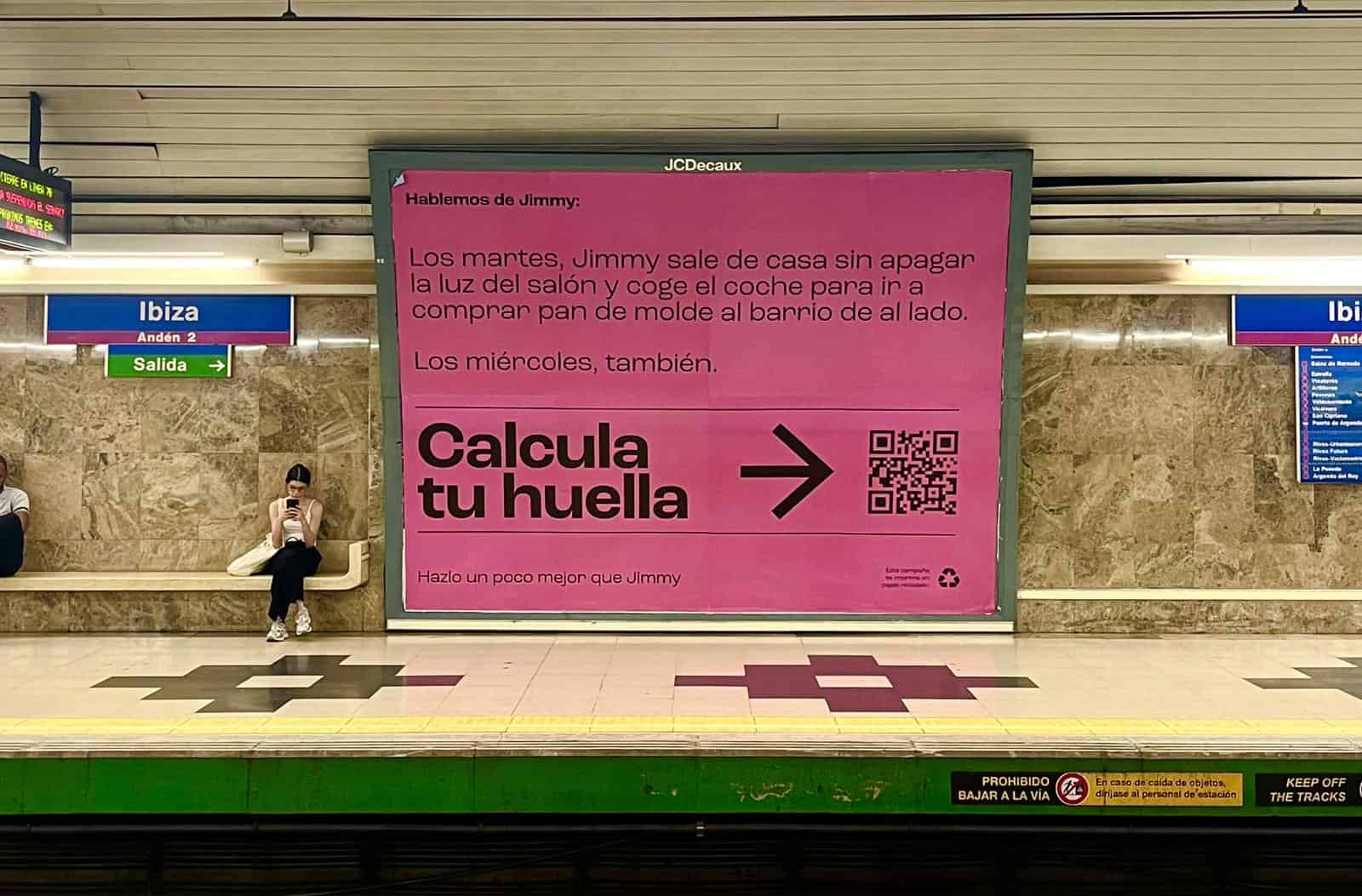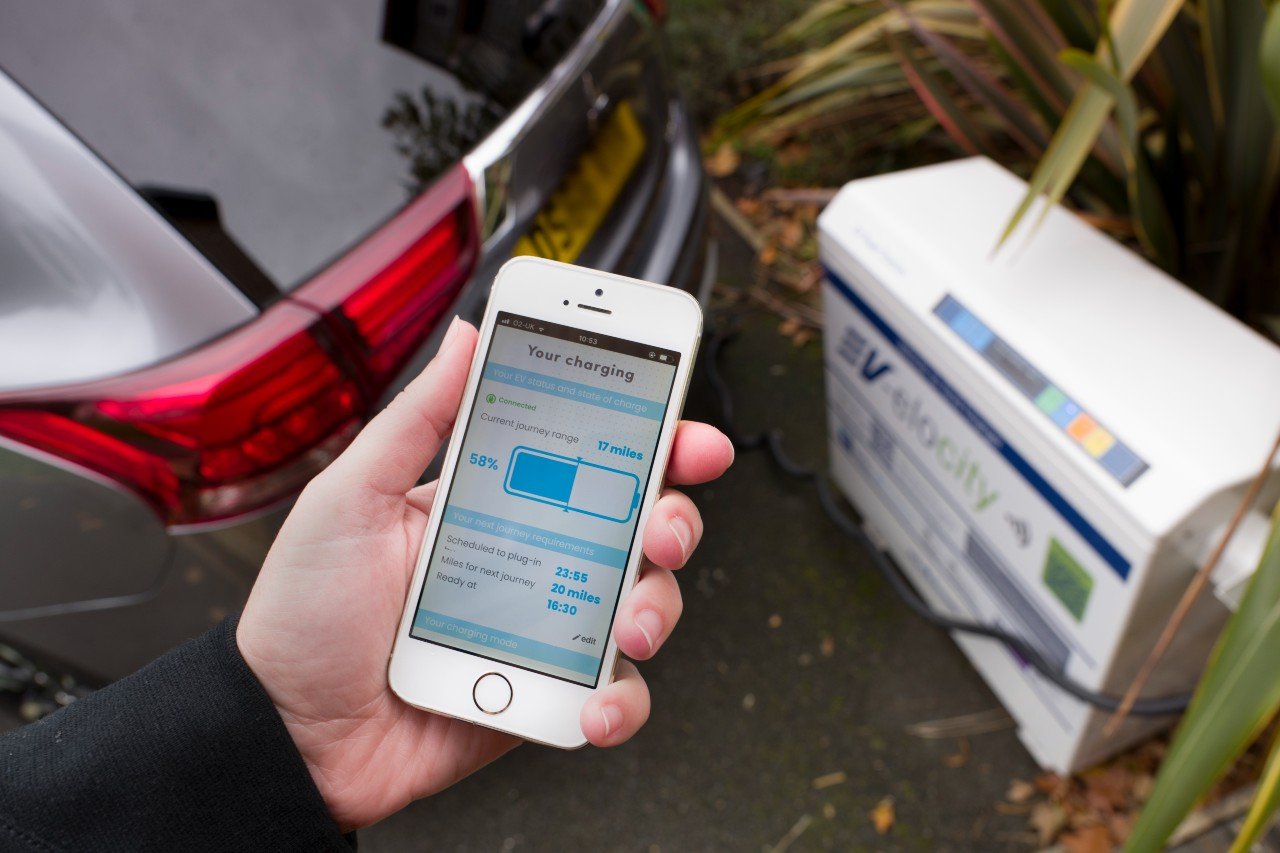
The Dutch government is pioneering sustainable transportation with a €115 million investment in Electric Road Systems. This innovative project aims to enable trucks to charge while driving, potentially revolutionizing the logistics industry and reducing carbon emissions.
Pioneering sustainable transport
Minister Barry Madlener, representing the Ministry of Infrastructure and Water Management, is at the forefront of this initiative. The Netherlands is setting a benchmark in sustainable transport by integrating Electric Road Systems (ERS) across its logistics network. This strategic investment is designed to foster an eco-friendly transportation landscape by allowing heavy-duty vehicles to charge while on the move, thus minimizing reliance on fossil fuels and reducing greenhouse gas emissions.
Technology and implementation
The ERS technology primarily involves overhead electric lines that trucks can connect to, allowing them to charge while driving. According to Madlener’s plan, one kilometer of travel can potentially provide enough charge for an additional two kilometers, thereby extending the operational range of electric trucks. While similar trials have been conducted in countries like Germany, the Netherlands aims to overcome existing challenges related to safety and feasibility.
Funding and economic impact
The €115 million funding is sourced from the revenues generated by the truck toll, which will replace several other taxes. From 2026 to 2030, this new levy is expected to generate €1.6 billion, with a portion allocated to support the ERS infrastructure. The government plans to construct 180 kilometers of electric highways, a project estimated to cost around €600 million, with expectations of private sector contributions to the funding.
Sweden
In Sweden, the eRoadArlanda has already been put into service a couple of years ago. This is the first of its kind to recharge both electric commercial vehicles and passenger cars – while driving. The solution, which according to the inventors is both sustainable and cost-effective, makes it possible to elect existing public roads and contributes to a future of fossil-free road transport. The first truck to travel on this road was an electrified DAF. DAF is one of the consortium partners that has developed this path.
Approximately two kilometers of electric railway is installed along public road 893, between the Arlanda Cargo Terminal, near Stockholm Airport, and the Rosersberg logistics business park. The electrified road works by transferring energy from a rail in the road with a movable arm to the vehicle. That is similar to a toy racing track. The arm detects the position of the rail in the road and as long as the vehicle is above the rail, the contact is in a lowered position, so it can perform its task of charging the vehicle.









